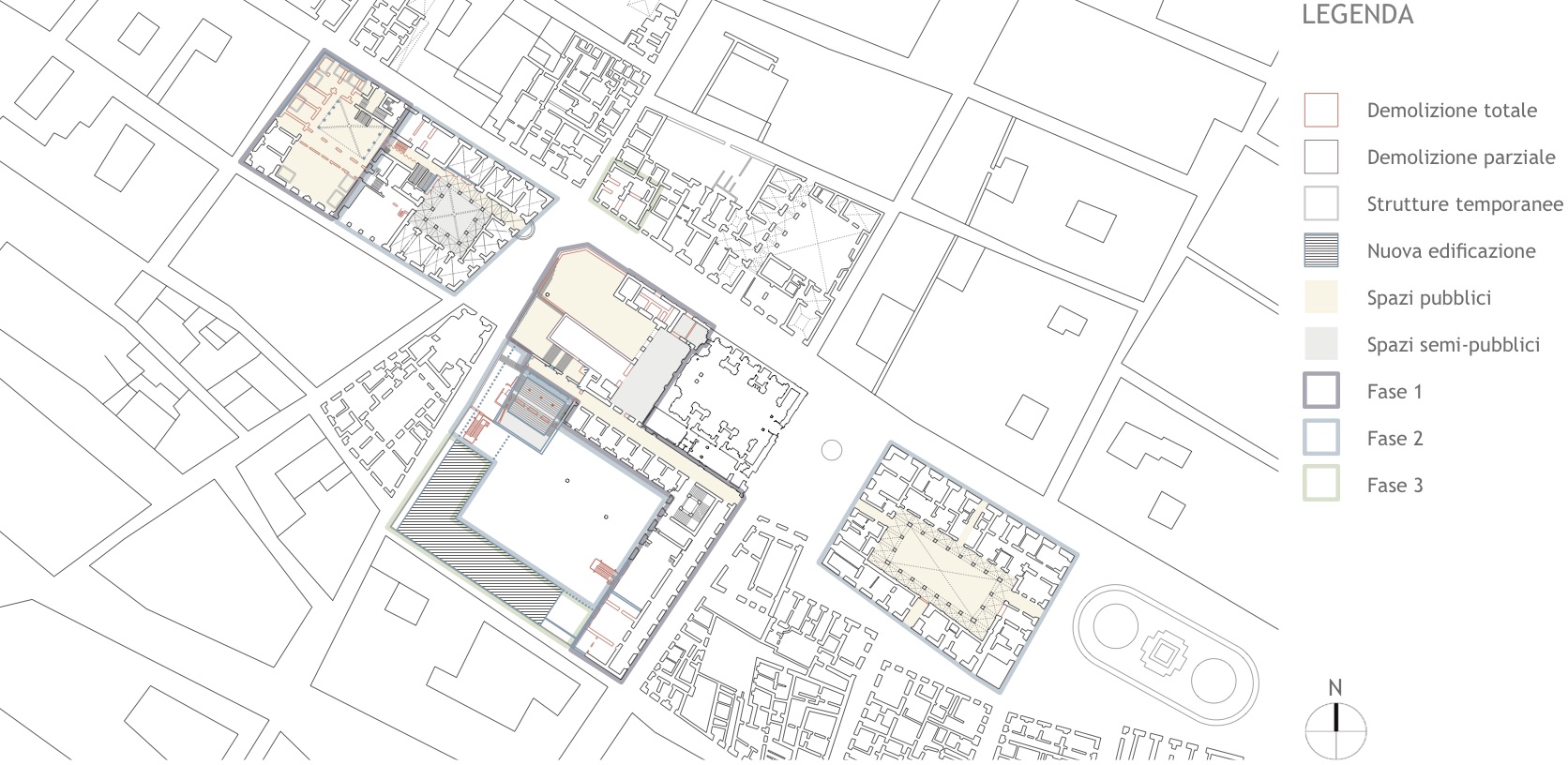The Project
Object: Acts of Memory - Learning from significance to develop a reconstruction approach for post-disaster L’Aquila
Research question: What role does design have in the making, transmission and continuation of significant places? How do we act architecturally to respond to and curate these places?
Supervisors: Antonello Alici, Università Politecnica delle Marche, and Ingrid Schröder, University of Cambridge.
Research Plan: The physical structure of the city reflects a system of personal and collective significance, that reinforces and is reinforced by history. We make certain assumptions about important places in a city - typically those of historical value, such as the places defined by UNESCO - but there is an alternative significance identified by the local population. For them, buildings have a much more important value which is about memory, told by their stories: ‘this is where I met my wife’; ‘we always came here to have lunch’; ‘I bought my first pair of shoes in that shop.’ These stories can be as significant to local inhabitants as defined historical value, because nobody has the same story and yet everyone can relate to them.
Natural disasters cause a random removal or editing of place in a city, creating holes which disrupt aspects of its meaning. Unintentionally, a post-disaster city runs the risk of losing social cohesion and animation because it no longer has the threads of significance which held it together. Those lost threads - some ritual and historic, some incidental and familiar - cannot be recreated as they once were, and a new methodology is needed to recapture their meaning.
The first section of this research aims to show that parts of the city become significant or remain significant because of two primary factors: 1) their apparent historical value (churches, public buildings, palazzi, and so on); 2) their value in terms of their normal use, and the consistency of that use (for example markets, cafes, and frequently visited public spaces).
The second part of the research will discuss the potential of places and buildings of significance to influence the re-activation of a city post-disaster, given that they greatly contribute to the value of a city and influence the way it grows. As a method of recovery post-disaster, reconstruction must reflect what was considered significant, and the distribution in the city of those significant spaces. Achieving the right balance of understanding what’s important to retain, and what can be lost or built new, is critical to any kind of post-disaster reconstruction, where it is not possible to rebuild history but rather rebuild the memory of that history.
The third part will argue for a new method for L’Aquila’s reconstruction based on its places of significance as reflected in terms of what has been preserved both physically, and in the memories of the citizens. In choosing important places, it must be remembered that the pain of loss is embedded in something other than just buildings of historic significance. Disaster disrupts the everyday and continuity of life, therefore many spaces of significance will be contained only within the memories of the citizens.
The architectural design proposal, the fourth part of this study, will therefore employ the disconnected memories and ideas of the local people through architecture, to evoke sensations of significant places. Formal interviews and informal conversations have been conducted with the local people, and coupled with basic observations about the city, their fragmented memories will become a physical palette of forms - materials and spaces - which will be used for reconstructing the city centre in a contemporary way that also subtly reflects conditions familiar to the local people.

Piazza Vincenzo Rivera and the surrounding buildings have been chosen as the site for this design project; this area contains important places which reflect the two primary factors of significance, further reinforced by local people during interviews. Several cultural activities are proposed within a series of restored and redeveloped blocks, relying upon incremental changes to reflect part historic significance, part customary significance, and parts of the more insignificant things around them which hold these places together. These can act as seeds of growth, stemming from ideas firmly rooted in place.